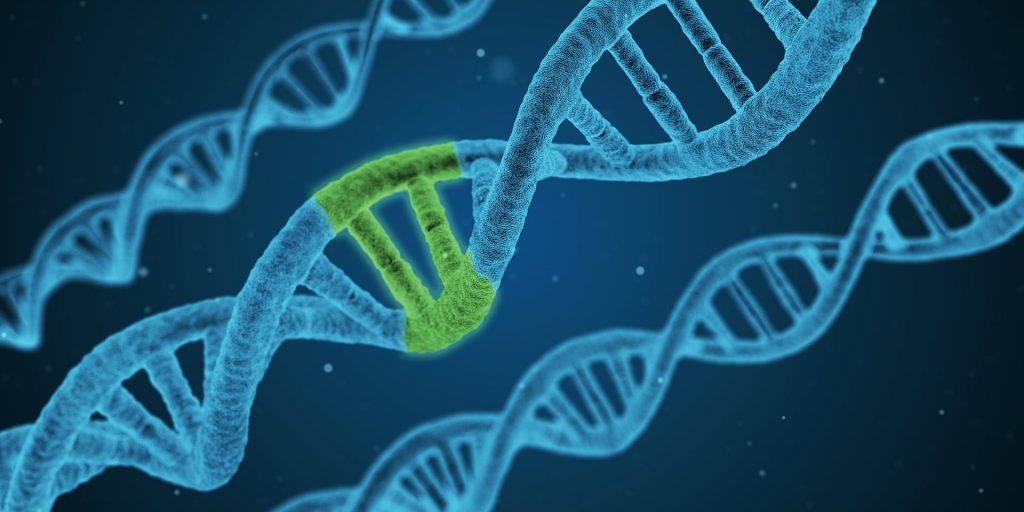The CRISPR gene editing technique is faster, cheaper, and more accurate than past methods of editing DNA. And it’s creating a huge buzz in the world of science and medical research. By precisely removing, adding, or altering part of the genome, CRISPR enables geneticists to target and edit genes that are associated with genetic diseases—without affecting other areas of the genome, a major drawback of previous approaches.
A recent story (CRISPR, 5 ways) includes a video, produced by Wired magazine, in which a biology professor at NYU explains CRISPR to a seven-year-old, a high school student, a college student, a graduate student, and an expert scientist in the field of genetics. The conversations range from genomes to the value of basic research.
In the final conversation with the expert scientist, the focus shifts to the level of DNA and genome engineering. Scientists who use CRISPR must understand the underlying mechanisms by which the genes affect particular genetic traits and disorders. They’re able to learn about the composition and functionality of genes from model species they study and apply what they’ve learned to another target species (e.g., the mouse is a model species for human genetic disease).
We’ve created an online learning environment that allows middle and high school students to do the same.
Geniventure, dragon genetics software
Geniventure, the next generation of our popular dragon genetics software Geniverse, places students in a virtual underground lab where they perform genetic experiments with drakes, the model organism for dragons. There is real biology behind the mythical drake and dragon genes and traits, which have been carefully compiled from the actual genes and associated traits of the anole lizard, mouse, fruit fly, zebrafish, and other model species used to study genetics. The genes that affect horns, wings, color, and other drake traits are genes that are involved in the development and functioning of similar traits in real organisms.
In our Geniventure game, students zoom into a drake’s genes, see the actual DNA code behind them, and manipulate the resulting proteins as the proteins do the work of producing traits. The first set of protein-based challenges using this new interface revolves around scale color (modeled after the same genes for human skin color) and allows students to edit the genes of an albino drake. After working with the proteins that produce melanin and discovering a broken enzyme that results in an albino drake, students enter the nucleus of the cell to change the drake’s genes (and DNA) from producing the broken enzyme so that it can create the functional protein, ultimately generating a drake with color distributed throughout its scales.
From albino to charcoal (right). In the protein-level challenges, students can view the starting state of their drake’s scale color (Albino), the current state (Lava), and the target state (Charcoal). The Start and Target views also display the distribution of color throughout the drake’s scale cells.

Proteins in action. In the Geniventure Zoom Room, students experiment with proteins and discover how they influence the color of the drake. Students are tasked with manipulating the proteins of an albino drake to restore color to its scales.

Inside the nucleus. In some challenges, students are unable to work with the proteins directly. Instead, they must enter the nucleus where they can alter the drake’s alleles to create the proteins needed to reach the target color.
Making this protein-based link from DNA to trait is critical for students’ ability to make sense of patterns between genes and traits— for example, dominant vs. recessive versions of genes— and to apply the same logic to other genetic phenomena. Through Geniventure, students are able to transfer their experience of editing genes and working with proteins in drakes to an understanding of how scientists are using CRISPR and other techniques.
Our goal is to help students better understand modern science, including biotechnology advances such as CRISPR, to make science engaging and relevant, so students can ultimately envision themselves as future scientists.

